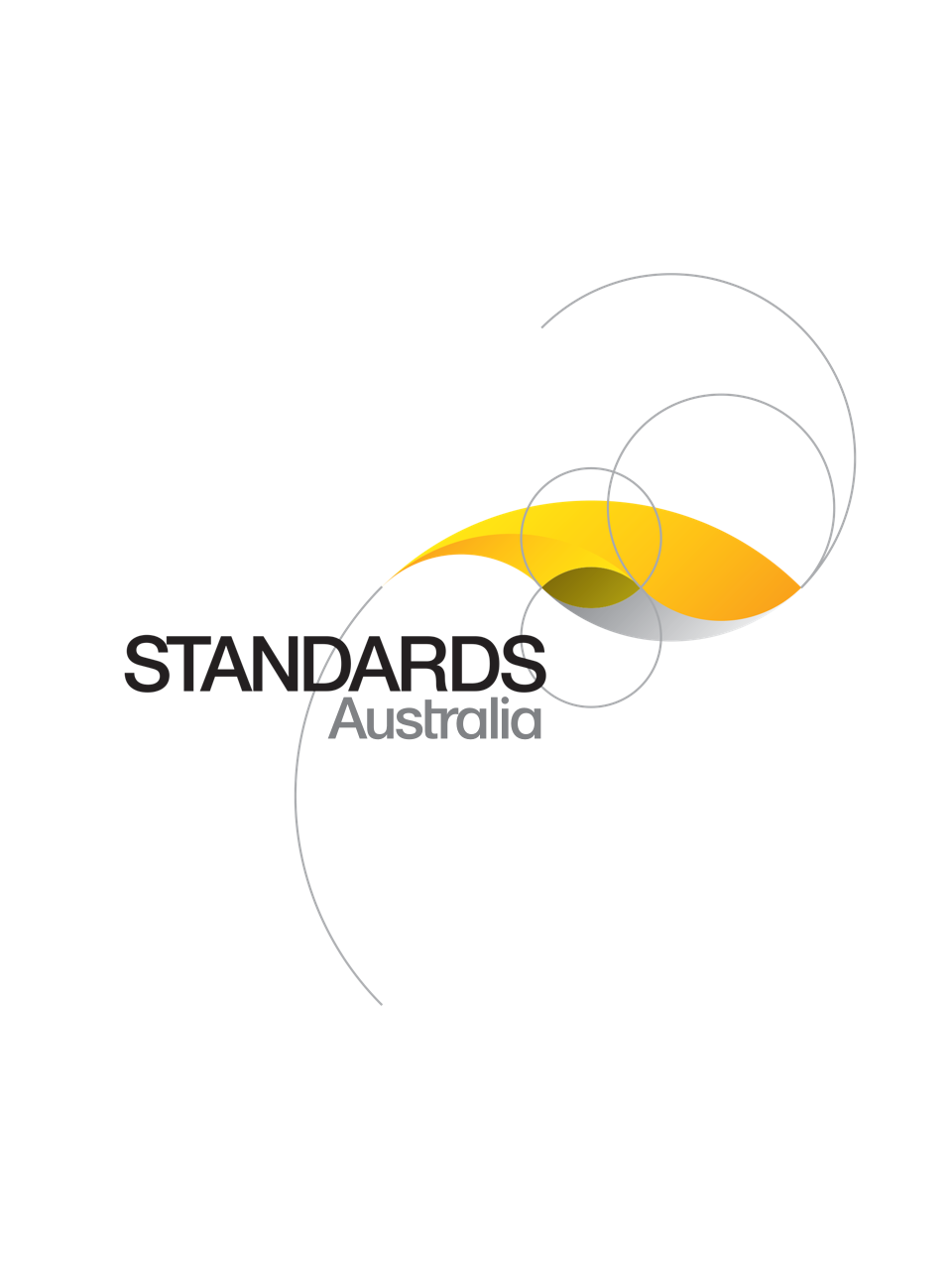Standard
Track updates
AS 2832.5-2008
[Current]Cathodic protection of metals, Part 5: Steel in concrete structures
Specifies requirements for the cathodic protection of steel in atmospherically- exposed, buried and submerged concrete in both new and existing structures.
Published: 17/09/2008
Pages: 60
Table of contents
Cited references
Content history
Table of contents
Header
About this publication
Preface
Foreword
1 Scope and general
1.1 Scope
1.2 Referenced documents
1.3 Definitions
1.4 Quality management systems
1.5 Health and safety
1.6 Personnel
1.7 Independent review of design and installation
2 Criteria for cathodic protection
2.1 Scope
2.2 General
2.3 Criteria
3 Assessment and repair of structures
3.1 General
3.2 Assessment of existing structures
3.2.1 Introduction
3.2.2 Records
3.2.3 Visual inspection
3.2.4 Chloride analysis
3.2.5 Carbonation depth measurement
3.2.6 Concrete cover
3.2.7 Alkali aggregate reaction assessment
3.2.8 Reinforcement continuity
3.2.9 Potential mapping
3.2.10 Concrete electrical resistivity
3.3 Repair of structures
3.3.1 General
3.3.2 Concrete removal
3.3.3 Reinforcement preparation
3.3.4 Concrete reinstatement
3.3.5 Cementitious overlay
4 Design of cathodic protection systems
4.1 General
4.2 System design requirements
4.2.1 Design
4.2.2 New structures
4.2.3 Provision for cathodic protection
4.2.4 Repair considerations
4.3 Anode systems
4.3.1 Requirements
4.3.2 Activated titanium anode systems
4.3.2.1 General
4.3.2.2 Surface installation
4.3.2.3 Recessed in cover concrete
4.3.2.4 Embedded within the structure
4.3.3 Conductive anode systems
4.3.3.1 Organic coatings
4.3.3.2 Metallic coatings
4.3.3.3 Conductive ceramic anode systems
4.3.4 Buried or submerged anode systems
4.3.5 Sacrificial anode systems
4.4 Monitoring sensors
4.4.1 General
4.4.2 Portable reference electrodes
4.4.3 Other sensors
4.4.3.1 General
4.4.3.2 Potential decay probes
4.4.3.3 Coupons, macro-cell probes and isolated sections of anode material
4.4.3.4 Electrical resistance probes
4.4.3.5 Luggin probes
4.5 Monitoring instrumentation
4.5.1 General
4.5.2 Manual devices
4.5.3 Data loggers
4.5.3.1 General
4.5.3.2 Portable data loggers
4.5.3.3 Permanently installed data loggers
4.6 Data management system
4.7 Cables
4.7.1 Colour codes
4.7.2 General requirements
4.8 Junction boxes
4.9 Wiring
4.9.1 General
4.9.2 Power supplies
4.10 Transformer/rectifiers
5 Installation of cathodic protection systems
5.1 General
5.2 Electrical continuity
5.3 Performance monitoring system
5.4 Connections to steel in concrete
5.5 Surface preparation for anode installation
5.6 Anode installation
5.7 Connections to the anode system
5.8 Anode overlay, surface sealant or decorative coating application
5.9 Coating testing
5.10 Electrical installation
5.11 Testing during installation
6 Control of interference currents from cathodic protection systems to minimize their effect on foreign structures
6.1 General
6.2 Regulatory requirements
6.3 Minimization of interference current
6.3.1 Design of the system
6.3.2 Actions for minimizing interference currents
6.3.3 Detection of interference levels
6.3.4 Control of interference
6.3.4.1 General
6.3.4.2 Control by the use of galvanic anodes
6.3.4.3 Control by the use of impressed current cathodic protection
6.3.4.4 Control by bonding
7 Commissioning of cathodic protection systems
7.1 Scope
7.2 Visual inspection
7.3 Pre-energizing measurements
7.4 Initial energizing
7.5 Initial adjustment
7.6 Initial performance assessment
7.7 Adjustment of current output (See Section 9)
8 System records and documentation
8.1 Quality and test records
8.2 Installation and commissioning report
8.3 Operation and maintenance manual
8.4 Completion dates
9 Operation of cathodic protection systems
9.1 Scope and general
9.1.1 Scope
9.1.2 General
9.2 Procedures and intervals
9.3 System review
9.4 System review report
Appendix A
A1 General
A2 Criteria for protection
A3 Intermittent water contact
A4 Current density required for ‘Cathodic prevention’ and ‘Cathodic protection’
A5 Prestressing steel and the risk of hydrogen embrittlement
A6 Alkali aggregate reaction
A7 Cathodic protection of steel in buried and submerged concrete structures
A8 Categories of buried or submerged structures
A9 Typical structural configurations
A9.1 Cylinders located below ground, and which may also be below water
A9.2 Boxes located below ground, and which may also be below water
A9.3 Basements, vaults and ponds located below ground, and which may also be below water
A9.4 Walls and piers located below ground
A9.5 Jetty piles located below ground and often also below water
A9.6 Foundations, located below ground, and which may also be below water
A9.7 Vertical cylinders, located below ground, and which may also be below water
A10 Microclimates and transition zones
Appendix B
B1 Conductive coatings
B1.1 Activated titanium
B1.2 Metallic coatings
B1.2.1 Zinc
B1.2.2 Aluminium-zinc-indium
B1.3 Conductive organic coatings
B1.4 Conductive ceramics
B2 Other anode systems
B2.1 Conductive overlays
B2.2 Conductive polymers
B2.3 Conductive cementitious materials
B3 Anodes for use in soil or water
Appendix C
Appendix D
Appendix E
Appendix F
Cited references in this standard
AS 61558.2.6
Safety of power transformers, power supply units and similar, Part 2.6: Particular requirements for safety isolating transformers for general use (IEC 61558‑2‑6:1997, MOD)
AS 5000.1
Electric cables—Polymeric insulated, Part 1: For working voltages up to and including 0.6/1 (1.2) kV
[Current]
Degrees of protection provided by enclosures (IP Code) (IEC 60529:1989 (ED. 2.2) MOD)
One-time Purchase
Access via web browser on any device
One-time purchase
Single publication
Offline access via PDF^
$213.50 AUD
Inclusive of GSTFormat *
Web Reader
Licenses *
1 License (for yourself - not shareable)
Total$213.50 AUD
IMPORTANT
